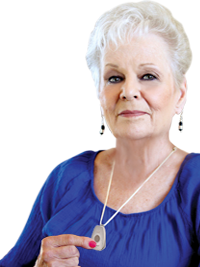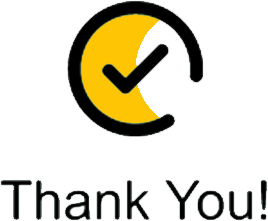Written by Heidi Nestor, Writer and Editor, Life Alert
Mending a broken heart used to consist of long hours crying to a friend, evenings with Ben and Jerry, and knowledge that time heals all wounds. But what if the broken heart in question isn’t an emotional issue but is plagued with hypertension, high LDL levels (the bad cholesterol), and a plugged artery or two?
Published in the Circulation journal, a report commissioned by the American Heart Association predicts that the cost of treating heart disease in the U.S. will triple to over $800 billion annually by 2030 with overall heart disease rising by 10 percent. Moreover, the study indicates that hypertension (high blood pressure) may be the most expensive part of treating heart disease.
This new report seems monetarily counter productive since the U.S. already has one of the highest healthcare costs in the world and is making efforts to lower medical expenses.
The study admits that most heart disease is preventable. Perhaps, healthcare shouldn’t be placed solely in the hands of medical professionals and government officials, and that prevention strategies start within the home.
One of the report’s authors, Dr. Paul Heidenreich, along with a team of colleagues, suggests that these future financial figures are not fatalistic and that cardiovascular disease is largely preventable with basic changes in life style. Changes that have been well documented for decades now:
- Stop smoking
- Reduce dietary fat intake
- Control salt consumption
- Limit alcohol use
- Exercise
In the event of a heart attack or stroke, the most crucial element is time, or more specifically, getting help to you quickly. When a sudden attack comes on, it can be crippling leaving you unable to react or get to a phone quickly. Studies have shown the faster a victim receives help during a stoke or heart attack, the less potential for permanent damage to occur. This is where Life Alert Emergency Response Protection comes in. With one touch of a button Life Alert sends help fast, 24/7, whether you can respond or not.
So, let’s start changing our financial future by putting money into our own healthy lives instead of paying for it in more expensive medical ways. Thus, how do you mend a broken heart physiology? With diet, exercise, a healthy lifestyle, and Life Alert.
The articles on this
Life Alert website are covered by a
Creative Commons License.
You are free to copy, distribute, display, and perform the work; to make derivative works; to make commercial use of the work --
under the following conditions: Attribution --You must attribute the work in the manner specified by the author or licensor. For any reuse or distribution, you must make clear to others the license terms of this work. Please go to the
Creative Commons License site for more information on the CC license that applies to this work.
For more information about
Life Alert and its many services and benefits for seniors – available in
New York, California, Florida, and other states nationwide -- please visit the following websites:
http://www.lifealert.net
http://www.seniorprotection.com
http://www.lifealertnewyork.com






